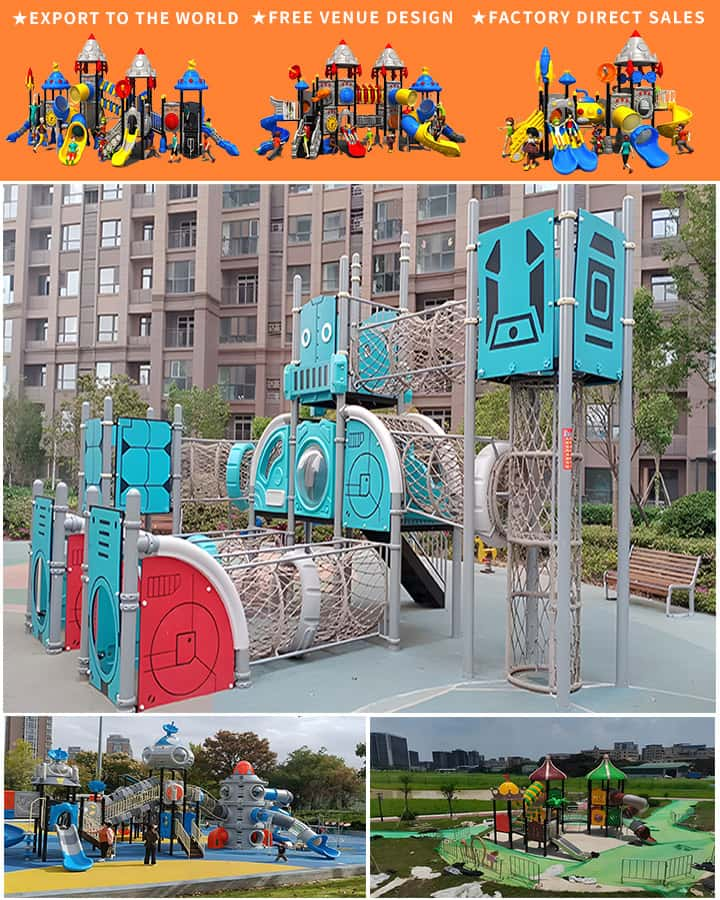Children’s play areas are essential spaces that cater specifically to the needs of young minds and bodies, allowing them to explore, learn, and grow in a safe environment. These areas provide more than just entertainment; they contribute significantly to children’s physical, social, and cognitive development. This article will delve into the critical elements that make up an effective children’s play area.
One of the fundamental aspects of any children’s play area is safety. Given that these spaces are designed for the youngest members of society, it’s imperative that they adhere to strict safety standards. Soft flooring materials like rubber mats or artificial grass minimize the risk of injuries from falls. Additionally, playground equipment should be constructed with smooth edges, free from sharp points or pinching hazards, and must be securely anchored to prevent tipping.
Variety is another crucial factor in designing children’s play areas. A well-designed play area should offer a range of activities to suit different interests and abilities. Traditional playground equipment such as swings, slides, and seesaws remain popular, but modern play areas often integrate climbing structures, balance beams, spinning wheels, and sensory play features like sandboxes or water tables. This diversity helps engage children of various ages and fosters their motor skills and coordination.

Inclusion is also vital when planning a children’s play area. Accessibility features ensure that all children, regardless of their physical abilities, can participate. Wheelchair-accessible pathways and ramps allow children with mobility challenges to reach play equipment easily. Inclusive designs might also include adaptive swings that accommodate children with different needs and interactive panels that engage children with visual or auditory impairments.
Moreover, the layout of the play area should encourage social interaction and cooperative play. Spaces where children can interact positively with each other promote the development of social skills such as sharing, teamwork, and problem-solving. Group activities like seesaws, group swings, and collaborative climbing frames can help build these important interpersonal skills.
Another key element is the environmental impact and sustainability of the play area. Eco-friendly materials, such as recycled plastics and natural wood, should be prioritized in construction. Incorporating elements like green roofs, living walls, or natural landscaping provides aesthetic appeal while supporting local biodiversity.
Educational value is another significant aspect to consider. Many modern play areas incorporate educational themes such as letters, numbers, shapes, and even basic scientific principles through interactive play panels and installations. This not only enriches the play experience but also subtly introduces foundational learning concepts.
In summary, a well-designed children’s play area goes beyond mere entertainment; it plays a crucial role in fostering physical health, social skills, cognitive growth, and environmental awareness. By prioritizing safety, variety, inclusivity, social interaction, sustainability, and educational value, we can create enriching and beneficial spaces that support the holistic development of our youngest citizens. Investing time and resources into thoughtful design ensures that children’s play areas remain vibrant centers of growth and joy for generations to come.




